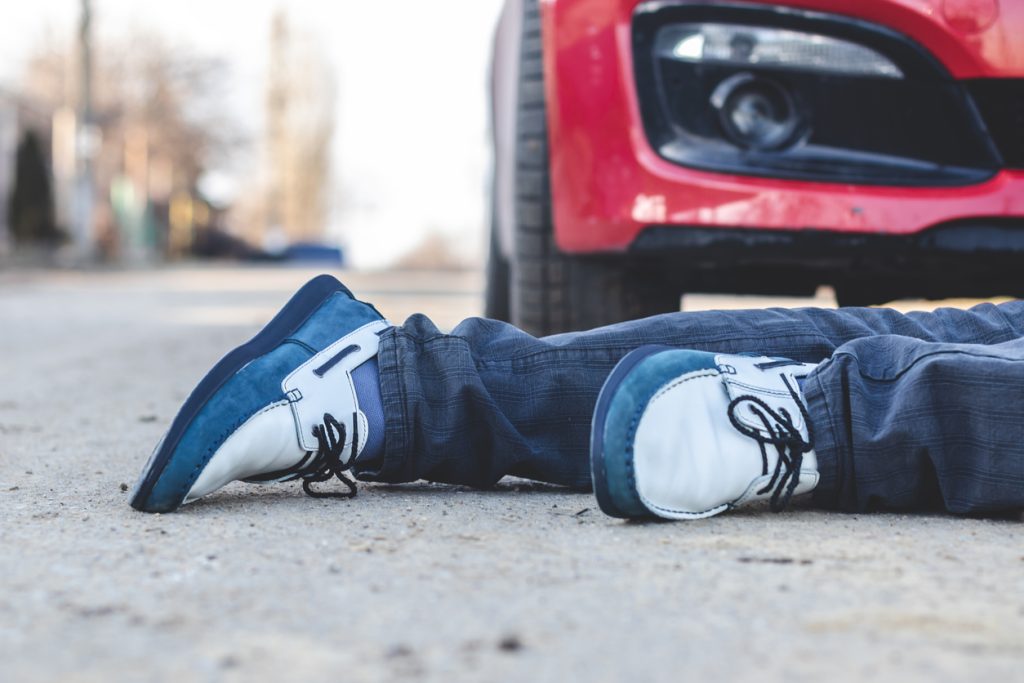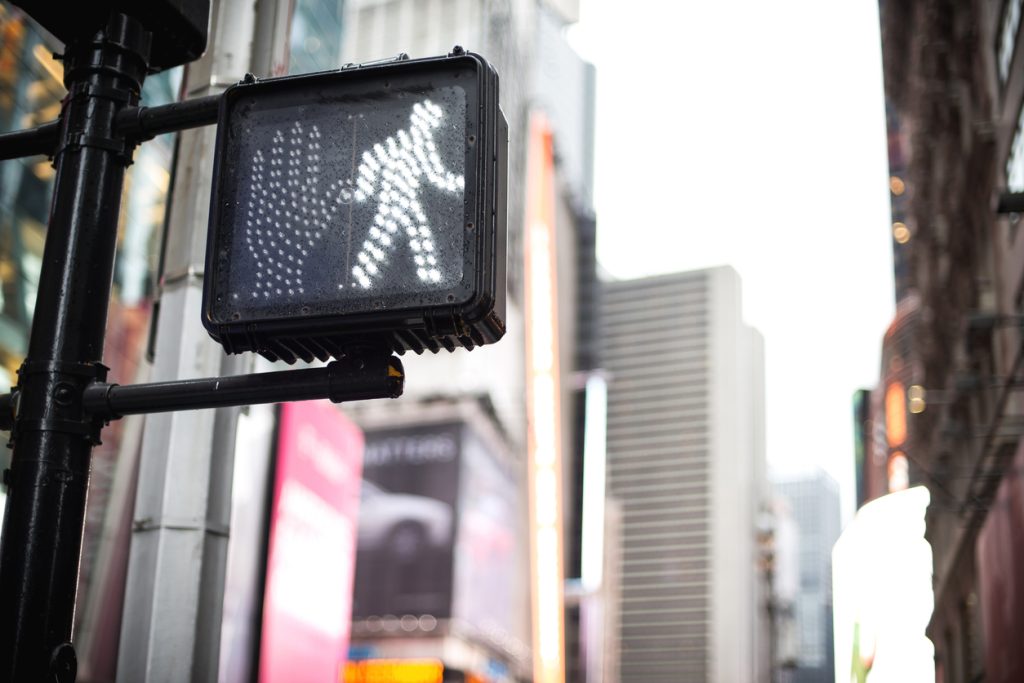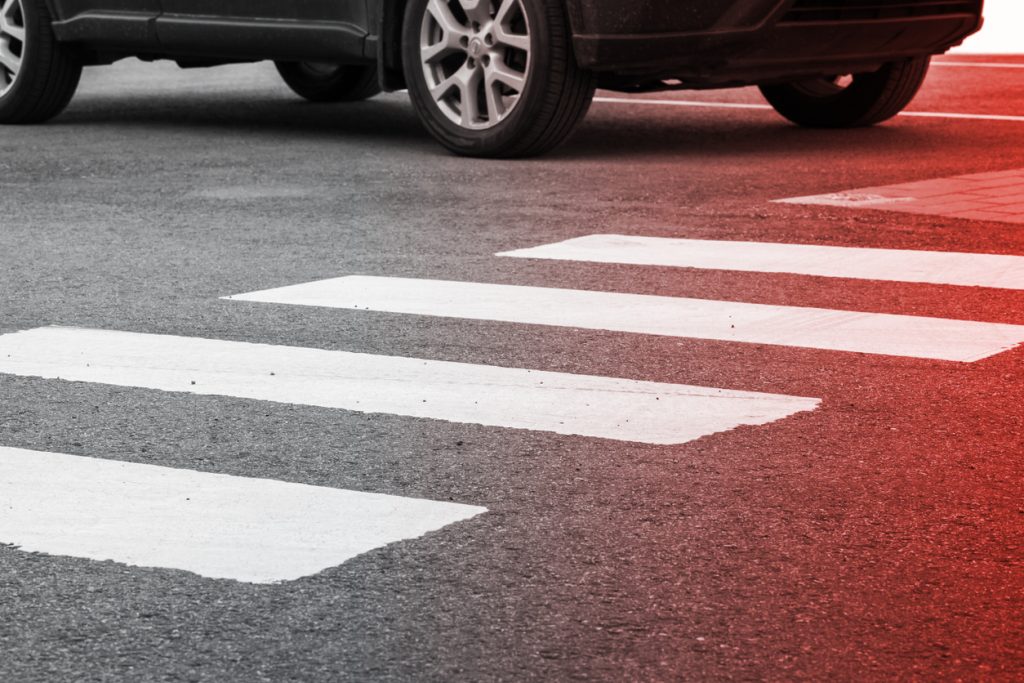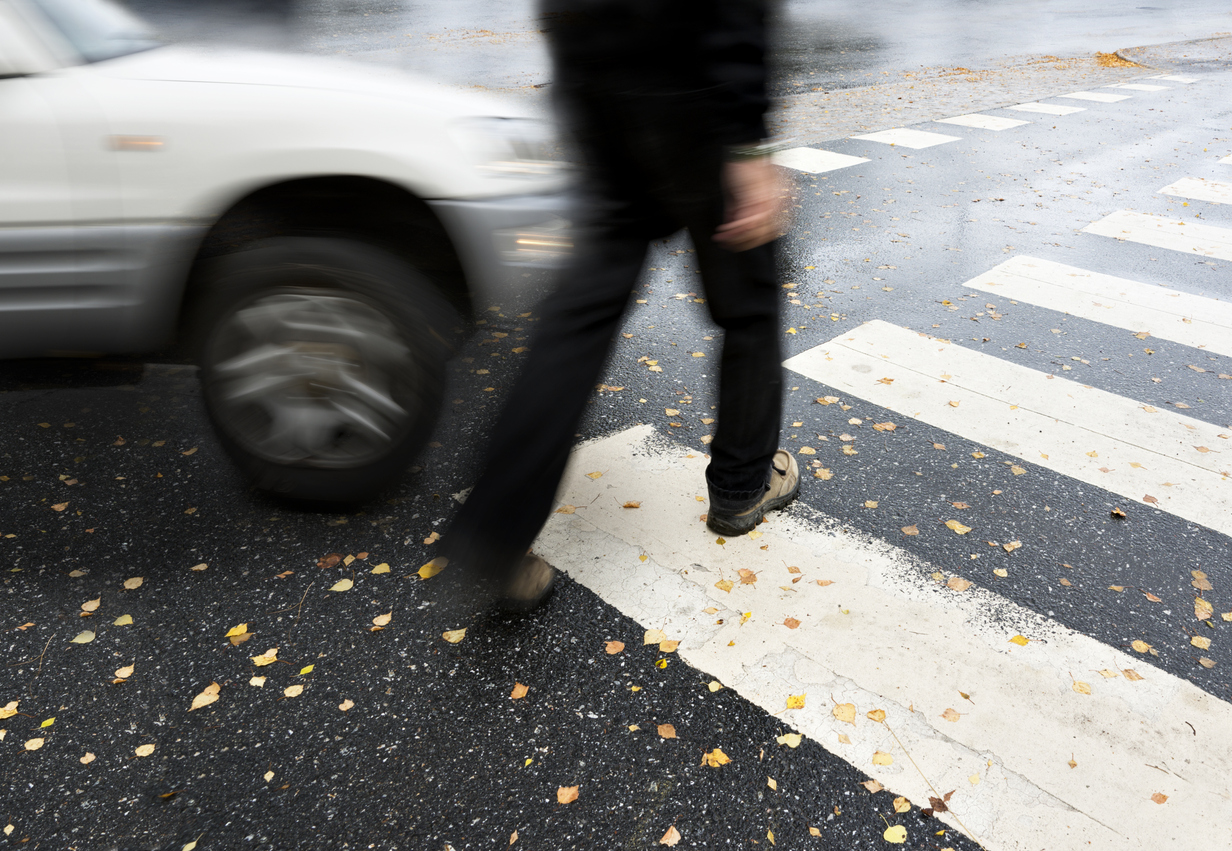Walking at night can be peaceful, but it also presents heightened dangers when visibility is reduced and drivers may be less alert. Many serious collisions occur after dark, especially when pedestrians underestimate how difficult it is for motorists to see them. That is why pedestrian accident prevention tips are crucial for ensuring safety during nighttime walking. By recognizing risks and adopting practical safety habits, pedestrians can significantly lower their chances of injury in traffic-related incidents.
Understanding Why Nighttime Walking Increases Risks
Nighttime walking creates conditions where the margin of safety is narrower. Reduced visibility plays a major role, as pedestrians blend into dark surroundings, making them harder for drivers to detect. In addition, fatigue impairs driver awareness, while alcohol consumption tends to rise during evening hours, further complicating roadway safety. Pedestrians are also more likely to cross streets in poorly lit areas, where drivers may not anticipate foot traffic. By appreciating these challenges, it becomes clear why pedestrian accident preavention tips are more important after sunset than during daylight hours.

The Role of Visibility in Pedestrian Safety
Visibility is central to nighttime safety, and lack of it is one of the strongest predictors of collisions. Pedestrians often assume that drivers can see them as clearly as they can see oncoming headlights, but this assumption is misleading. Motorists require extra seconds to react when spotting someone crossing the road in dark clothing. Enhancing visibility by wearing reflective materials, carrying small lights, or choosing well-lit walking routes are pedestrian accident prevention tips that drastically reduce danger.
Choosing Safe Routes for Nighttime Walking
Selecting safe pathways is a proactive way to avoid collisions. Streets with proper lighting, sidewalks, and crosswalks provide safer environments than dimly lit shortcuts. Pedestrians should avoid walking along high-speed roadways where there is no separation from traffic. By prioritizing routes designed for foot travel, individuals adopt one of the most reliable pedestrian accident prevention tips for reducing exposure to reckless or inattentive drivers.
The Importance of Crosswalks and Traffic Signals
Nighttime collisions frequently occur outside designated crossing zones. While jaywalking may seem quicker, it exposes pedestrians to unpredictable traffic movements. Crosswalks and intersections are strategically placed to maximize driver awareness, and signals regulate flow to prevent conflicts between cars and walkers. Following signals even when the street looks empty remains one of the most consistent pedestrian accident prevention tips, since drivers often appear suddenly when least expected.
Staying Alert and Avoiding Distractions
Distracted walking is an overlooked but serious hazard. Using headphones, scrolling through phones, or engaging in conversations can cause pedestrians to miss critical cues from their environment. At night, distraction multiplies risk because reduced visibility demands heightened awareness. Staying alert ensures pedestrians recognize vehicle movement, engine sounds, or changing signals, reinforcing one of the fundamental pedestrian accident prevention tips for nighttime safety.

Alcohol and Nighttime Walking
Alcohol is a factor not only for drivers but also for pedestrians. Impaired judgment, reduced balance, and slower reactions increase the likelihood of misjudging traffic patterns or stumbling into roadways. Many nighttime pedestrian injuries involve alcohol consumption on both sides—motorists and walkers. Responsible choices, such as arranging rides or walking with sober companions, are essential pedestrian accident prevention tips when alcohol is involved.
Legal Implications of Nighttime Pedestrian Accidents
When a collision occurs, questions of liability arise. Drivers are generally expected to exercise caution, especially in areas with heavy foot traffic. However, pedestrians also have a duty to follow laws governing crossings and right-of-way. Courts often examine whether both parties acted reasonably under the circumstances. For example, walking against signals or stepping into traffic without checking conditions can impact a pedestrian’s ability to recover damages. Reviewing guidance from National Highway Traffic Safety Administration helps clarify how federal safety standards shape liability and prevention measures.
Integrating Preventive Measures into Daily Habits
Adopting pedestrian accident prevention tips should become second nature rather than occasional practices. Consistently choosing bright clothing, waiting for walk signals, and scanning both directions before crossing create routines that enhance survival odds. Just as drivers develop safe driving habits, pedestrians benefit from repetition that reduces lapses in judgment.
The Role of Urban Planning in Pedestrian Safety
City design directly influences pedestrian safety. Poorly maintained sidewalks, broken streetlights, and insufficient crosswalks contribute to nighttime dangers. Advocacy for safer infrastructure remains part of broader pedestrian accident prevention tips because structural improvements reduce reliance on individual behavior alone. Community efforts to pressure municipalities for better lighting and signage yield collective safety gains.
Walking Defensively Around Vehicles
Defensive walking mirrors defensive driving. Pedestrians should assume drivers may not see them or may be distracted. Waiting until vehicles come to a complete stop before crossing, making eye contact with drivers, and avoiding blind spots are practical pedestrian accident prevention tips. Defensive walking acknowledges the limits of driver perception and shifts focus to pedestrian control over personal safety.
Technology and Pedestrian Safety
Modern technology can assist in preventing accidents. Reflective wearables, smartphone apps that map safer walking routes, and vehicles equipped with pedestrian detection systems all contribute to reducing incidents. Yet technology works best when combined with awareness. Relying solely on gadgets instead of integrating broader pedestrian accident prevention tips undermines their effectiveness.
Pedestrian safety does not exist in isolation; it intersects with legal rights and responsibilities. Individuals injured despite taking precautions may seek legal remedies to cover medical expenses and lost income. For a deeper understanding of how safety connects to liability, resources such as this guide on pedestrian accident prevention tips demonstrate the legal perspective of prevention and recovery after accidents.
Community Efforts in Preventing Pedestrian Accidents
Neighborhood watch groups, school safety programs, and city awareness campaigns all reinforce individual precautions. When communities emphasize shared responsibility, the effectiveness of pedestrian accident prevention tips multiplies. For instance, reflective giveaways during local events or educational signage in school zones help normalize safe walking behaviors.

Nighttime Walking for Children and Vulnerable Pedestrians
Children, elderly individuals, and people with disabilities face unique challenges during nighttime walking. Limited height, slower reflexes, or reduced mobility make them harder to detect and less able to react quickly to hazards. Supervising children closely and ensuring vulnerable individuals are accompanied enhances safety. These targeted precautions are specialized pedestrian accident prevention tips tailored to those at greatest risk.
Conclusion: Making Nighttime Walking Safer
Nighttime walking should not automatically translate into danger, but it does demand greater vigilance. By acknowledging risks tied to reduced visibility, distraction, alcohol, and inadequate infrastructure, pedestrians can take meaningful steps to avoid accidents. Consistently applying pedestrian accident prevention tips ensures that safety becomes a matter of habit rather than chance. Communities, urban planners, and individuals all share responsibility for making roads safer for those who travel on foot after dark.
